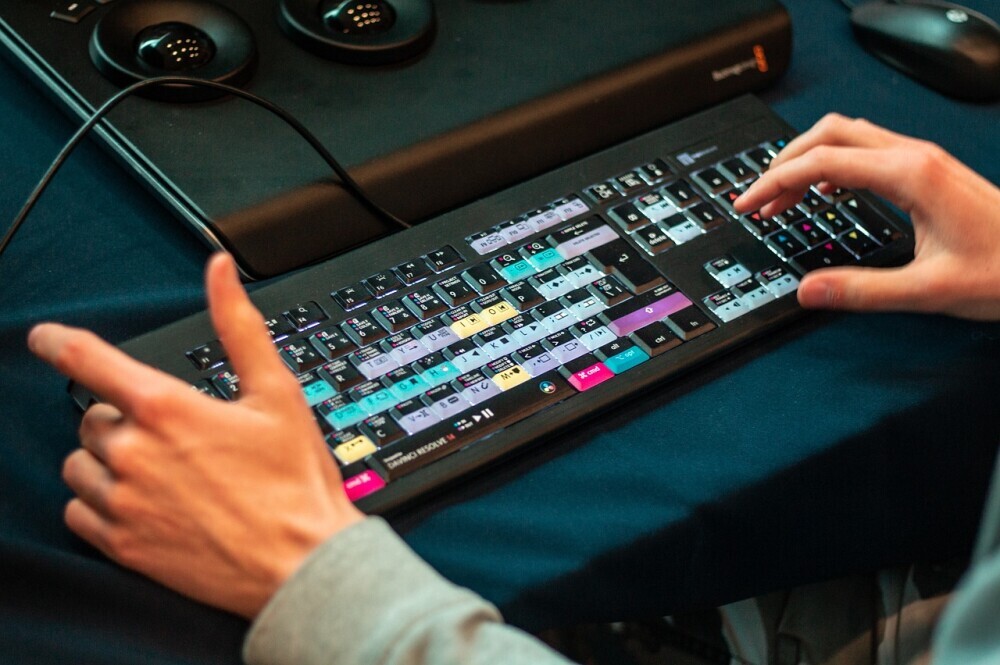
Tips for Achieving a Filmic Look in Color Grading
The filmic look, with its rich colors, subtle contrasts, and organic textures, has become a sought-after aesthetic in modern media. Whether you’re editing a personal project or working on a professional film, mastering the techniques to achieve a filmic look can elevate your work significantly.
Understanding the Filmic Look in Color Grading
- Definition of the filmic look: The filmic look refers to the distinct visual style and aesthetic commonly associated with traditional film photography. It is characterized by its warm tones, subtle contrasts, and organic textures.
- Importance in modern media: The filmic look has gained popularity in modern media due to its ability to evoke emotions, create a sense of nostalgia, and enhance storytelling.
- Differences between filmic and digital aesthetics: While digital media offers greater flexibility and control, the filmic look often emphasizes a more organic and imperfect aesthetic, reminiscent of traditional film.
- Examples of iconic filmic looks in cinema history: Explore classic films like “The Godfather,” “Blade Runner,” and “American Beauty” to analyze their distinctive filmic looks.
Essential Color Grading Tools and Software
- Overview of industry-standard software (e.g., DaVinci Resolve, Adobe Premiere Pro, Final Cut Pro): These software applications provide comprehensive color grading tools and features.
- Basic tools and features for color grading: Familiarize yourself with essential tools like color wheels, curves, and keyframes.
- Comparison of free vs. premium tools: Evaluate the features, performance, and pricing of different options to find the best fit for your needs.
- User-friendly interfaces for beginners: Consider software with intuitive interfaces and helpful tutorials to make the learning process easier.
- Compatibility with different camera footage: Ensure your chosen software can handle various camera formats and codecs.
Techniques and Tips for Achieving Filmic Colors
- Proper use of LUTs (Look-Up Tables): LUTs can quickly apply a desired color palette to your footage. Experiment with different LUTs to find the one that complements your project’s style.
- Balancing saturation and contrast: Adjust saturation and contrast to create a visually pleasing and dynamic image. Avoid excessive saturation or contrast, which can lead to a harsh or unnatural look.
- Applying film grain for authenticity: Add film grain to simulate the texture and imperfections of traditional film photography. Experiment with different grain types and intensities to achieve the desired effect.
- Manipulating shadows and highlights: Carefully adjust shadows and highlights to create depth and dimension in your images. Avoid clipping, which can result in lost details.
- Matching skin tones accurately: Ensure that skin tones appear natural and consistent throughout your footage. Use color correction tools to adjust skin tones as needed.
- Utilizing color theory principles: Understand the basics of color theory to create harmonious and visually appealing color palettes.
Case Studies and Practical Applications
- Breakdown of scenes from famous movies: Analyze how color grading was used to enhance storytelling and evoke emotions in iconic films.
- Step-by-step guide to color grading a sample footage: Follow a practical tutorial to learn how to apply color grading techniques to a specific clip.
- Common pitfalls and how to avoid them: Identify common mistakes in color grading and learn how to prevent them.
- Interviews with professional colorists: Gain insights from experienced colorists about their techniques, workflows, and creative processes.
- Resources for further learning (tutorials, courses, communities): Explore online tutorials, courses, and communities to continue your learning journey and stay up-to-date with the latest trends in color grading.
By following these tips and experimenting with different techniques, you can effectively achieve a filmic look in your color grading projects, enhancing the visual appeal and storytelling of your media.
If you have any sort of video project in mind, do not hesitate to Call Alan on 07539141257 or 03332241257, or +447539141257 or +443332241257, you can schedule a call with Alan on https://calendly .com/alanje or drop an email to alan@alpusgroup.com.
0 Comments